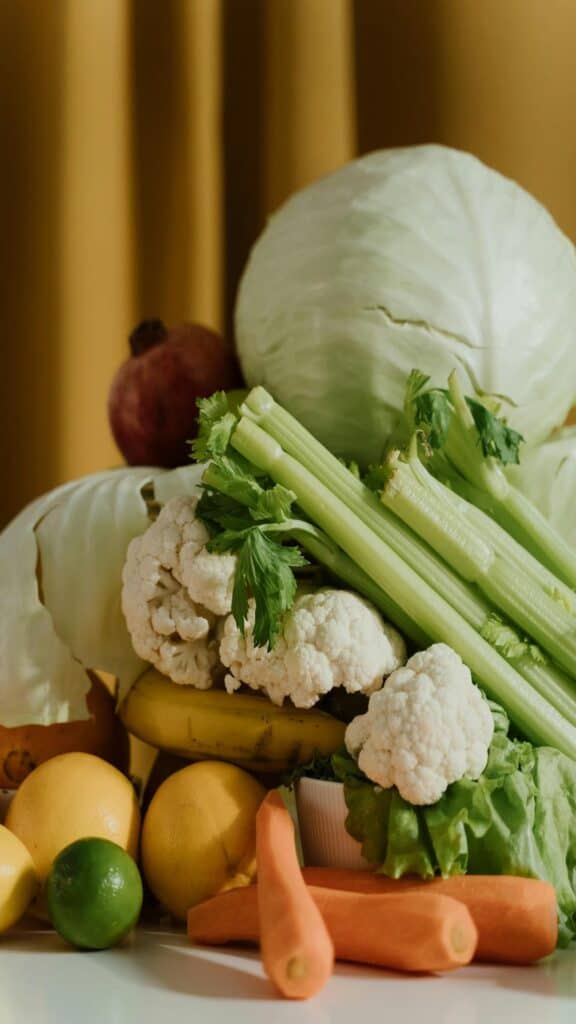
As women enter their 30s, their bodies begin to change in subtle yet significant ways. Hormonal shifts, a slowing metabolism, and increasing responsibilities can make it challenging to maintain optimal health. One of the most powerful tools for navigating this life stage is developing healthy eating habits that fuel the body, support hormone balance, and promote long-term wellness.
This comprehensive guide explores 10 essential eating habits tailored specifically for women over 30 — all backed by science, practical advice, and real-life strategies you can start today.
Why Eating Habits Matter More After 30
Women in their 30s often juggle career, relationships, children, and household responsibilities. But underneath these surface-level changes, deeper biological changes are also underway:
- Estrogen and progesterone begin to fluctuate even before perimenopause.
- Basal metabolic rate (BMR) starts to decline, leading to easier weight gain.
- Insulin sensitivity can drop, increasing the risk of belly fat and fatigue.
This is why nourishment—not restriction—is the secret weapon for thriving in your 30s and beyond.
According to the Harvard T.H. Chan School of Public Health, diet-related diseases such as diabetes and obesity often take root during this period, but preventive habits can reverse the course.
1. Start Your Day with Protein
Breakfast isn’t just a morning ritual—it sets the tone for your entire day. Women over 30 benefit immensely from starting with 15–30 grams of protein at breakfast.
Why?
- Supports muscle mass
- Reduces cravings later in the day
- Stabilizes blood sugar
Great choices:
- Greek yogurt with chia seeds
- Eggs with avocado toast
- Protein smoothie with spinach and flaxseed
Research published in the American Journal of Clinical Nutrition showed that women who consumed a high-protein breakfast had reduced levels of ghrelin, the hunger hormone.
2. Follow the 80/20 Rule
You don’t have to eat perfectly 100% of the time to be healthy. The 80/20 rule encourages balance:
- 80% of the time: Eat whole, nutrient-dense foods
- 20% of the time: Enjoy indulgences guilt-free
This habit prevents bingeing and fosters a healthier relationship with food.
Pro tip: Schedule your 20% meals during events or weekends to stay on track.
3. Hydrate Intelligently
After 30, dehydration becomes more common due to lifestyle stress and hormonal changes. Proper hydration supports:
- Detoxification
- Skin elasticity
- Joint lubrication
- Energy metabolism
Aim for at least 2–3 liters of water per day, depending on activity level. Add electrolyte-rich drinks like coconut water or lemon water if you sweat a lot.
Avoid sugary beverages, which can spike insulin and contribute to belly fat.
4. Practice Mindful Eating
Mindless snacking while scrolling or emotional eating during stress are common pitfalls. Mindful eating is about tuning in:
- Eat slowly, chew thoroughly
- Recognize hunger vs. boredom
- Pause between bites
A 2018 study from Harvard Medical School linked mindful eating with fewer binge episodes and lower BMI.
5. Load Up on Fiber
Fiber is crucial for women over 30 due to its role in:
- Hormone detoxification
- Blood sugar regulation
- Gut health and digestion
Aim for 25–35 grams of fiber per day from:
- Legumes (lentils, chickpeas)
- Vegetables (broccoli, carrots)
- Fruits (berries, apples)
- Whole grains (quinoa, oats)
Fiber also supports weight loss by increasing satiety without adding calories.
6. Don’t Skip Healthy Fats
Contrary to outdated beliefs, healthy fats are essential, especially for women’s hormonal health.
Choose sources like:
- Avocados
- Nuts and seeds
- Olive oil
- Fatty fish (salmon, sardines)
Omega-3 fatty acids in particular support mood regulation, brain health, and inflammation reduction. Check out Cleveland Clinic’s guide for more info on healthy fats.
7. Plan Meals Ahead
Meal planning reduces decision fatigue, saves time, and ensures nutrient variety.
Simple strategies:
- Prep 3–4 proteins on weekends
- Chop veggies in bulk
- Use freezer-friendly meals
Apps like Mealime and Paprika help organize your meals and grocery lists.
8. Read Food Labels Like a Pro
Once you hit 30, processed foods start to impact your energy, hormones, and waistline even more.
What to avoid:
- Hidden sugars (watch for words like “fructose,” “maltose”)
- Trans fats (hydrogenated oils)
- Artificial preservatives
Look for short ingredient lists and nutrient-dense items. The FDA has an excellent guide on understanding nutrition labels.
9. Limit Ultra-Processed Foods
Ultra-processed foods are linked to:
- Higher obesity risk
- Gut dysbiosis
- Hormonal disruption
They include:
- Instant noodles
- Packaged snacks
- Soda and sugary drinks
- Frozen ready-to-eat meals
Replace them with minimally processed alternatives and batch cook to avoid convenience traps.
10. Stop Eating 2–3 Hours Before Bed
Eating late at night disrupts digestion, hormone regulation, and sleep. Ideally:
- Finish your last meal by 7–8 PM
- Avoid high-sugar or high-fat foods close to bedtime
Late-night eating has been linked with increased belly fat and higher blood glucose levels the next morning, according to a 2020 study in the journal Obesity.
Bonus Habit: Make Healthy Habits Stick
Healthy eating is a lifestyle, not a 30-day challenge. Here’s how to make it last:
- Habit stacking: Pair new habits with existing routines
- Accountability: Partner with a friend or use tracking apps
- Be flexible: Perfection isn’t the goal—consistency is
Conclusion: Nourish to Flourish
In your 30s, your body is evolving—but it’s not breaking down. With the right nutrition habits, you can stay energized, balanced, and strong.
Healthy eating isn’t about restriction—it’s about freedom. The freedom to enjoy food, live without guilt, and feel your absolute best every day.
Make these habits your norm, and your body will thank you—not just now, but for decades to come.
External Resources for Deeper Reading:
- Harvard T.H. Chan School of Public Health – Healthy Eating Plate
- Cleveland Clinic – Omega-3 Guide
- American Journal of Clinical Nutrition – Protein Intake Study
- Harvard Health – Mindful Eating
- FDA – Nutrition Facts Label Guide
Read here: The Beginner’s Guide to Women’s Health & Wellness: Your First Step Toward a Better You